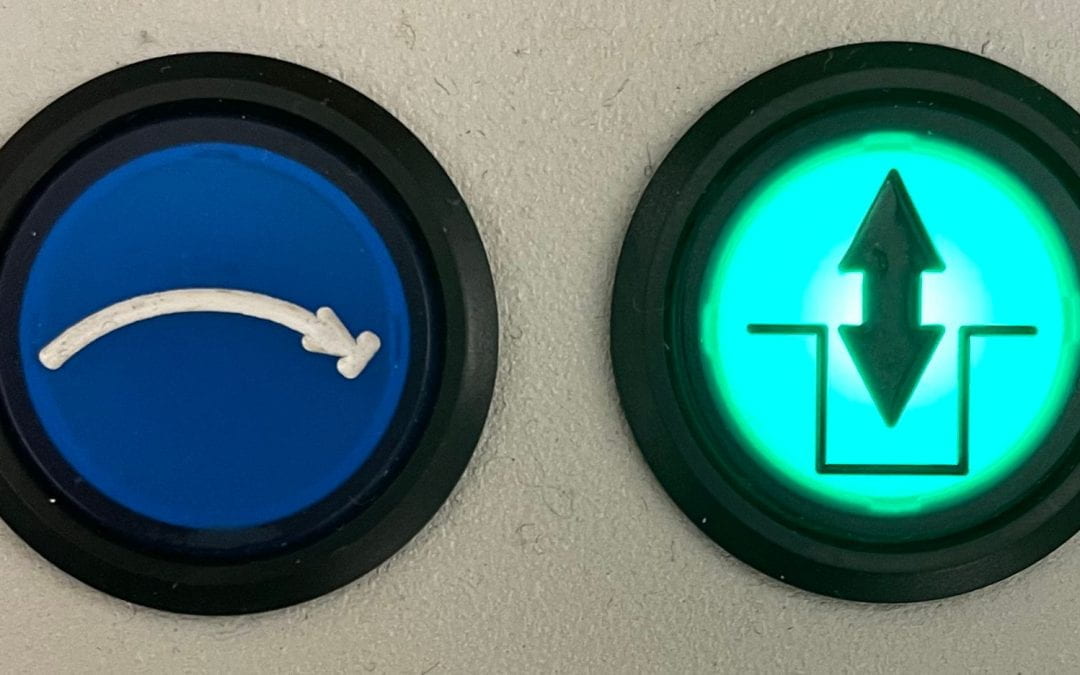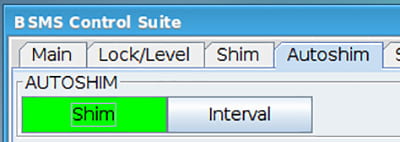
by jkurutz | May 23, 2025 | Improved Performance, Lab environment, New capability, NMR hardware, NMR software
A new manual and corresponding video are presented that show how to use Topspin 3 to process and analyze T1 relaxation measurement data to extract T1 values. The illustrations correspond to 1H data, but can be applied to normal pseudo-2D T1 data for other nuclei. This does NOT cover data acquisition – just analysis.

by jkurutz | Mar 5, 2025 | Improved Performance, New capability, NMR software, Software upgrade, Uncategorized
The Topspin software on 500-3 has been upgraded from version 4.2.0 to 4.4.1. This post illustrates notable changes, including automatic queuing, the new “apbk” autophase/baseline button, and new aspects of the interface. Expect 600-1 to be upgraded like this soon.

by jkurutz | Feb 28, 2023 | Improved Performance, Lab environment, New capability, NMR hardware, NMR software
Very soon, all the instruments in the UChicago Chemistry NMR Facility will be equipped with autosamplers, including the manually-operated ones. Two questions may come to mind: How? Why?

by jkurutz | Feb 26, 2023 | Improved Performance, Lab environment, New capability, NMR hardware, NMR software
The software running 500-3 and which will be running 600-1 is version 4.2.0 of Topspin. It works mostly the same as the Topspin we’ve been using, but there are some important differences to note. This post covers some of the key differences you’ll encounter right away.

by jkurutz | Jan 20, 2022 | Access, Data management, Improved Performance, Lab environment, NMR software, Uncategorized
SUMMARY The data availability scheme for the NMR facility has improved in several ways, beginning in December 2021. See: https://chemnmrlab.uchicago.edu/data/ for specific instructions. New spectra are now automatically copied to datastations nmr15/50 and nmr8/60...

by jkurutz | Dec 21, 2021 | Help materials, Improved Performance, Laboratory practice, NMR software
Here’s a tip for you when acquiring long experiments manually: use the Autoshim feature. Located in the BSMS control window, clicking “Start” will ensure your shim quality stays good over long periods (~4+ hours). But when you’re done, be sure to click “Start” again to toggle it off, or else it’ll continue operating when the next user is trying to run, which will surprise them and give them inconvenience.






